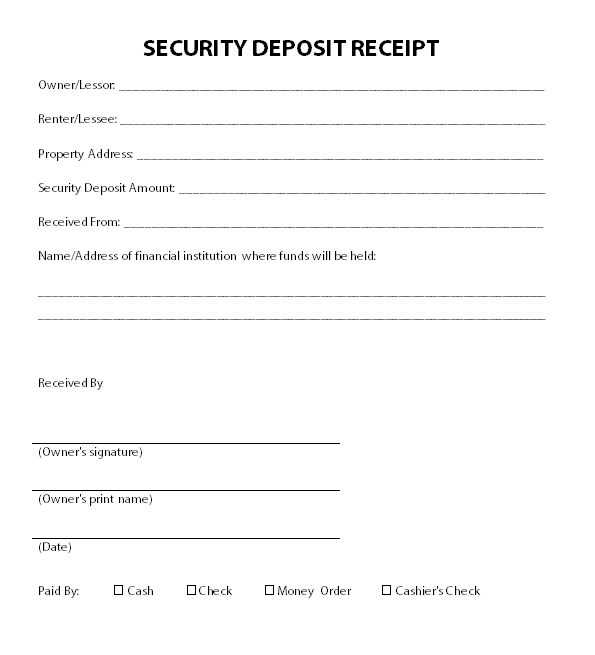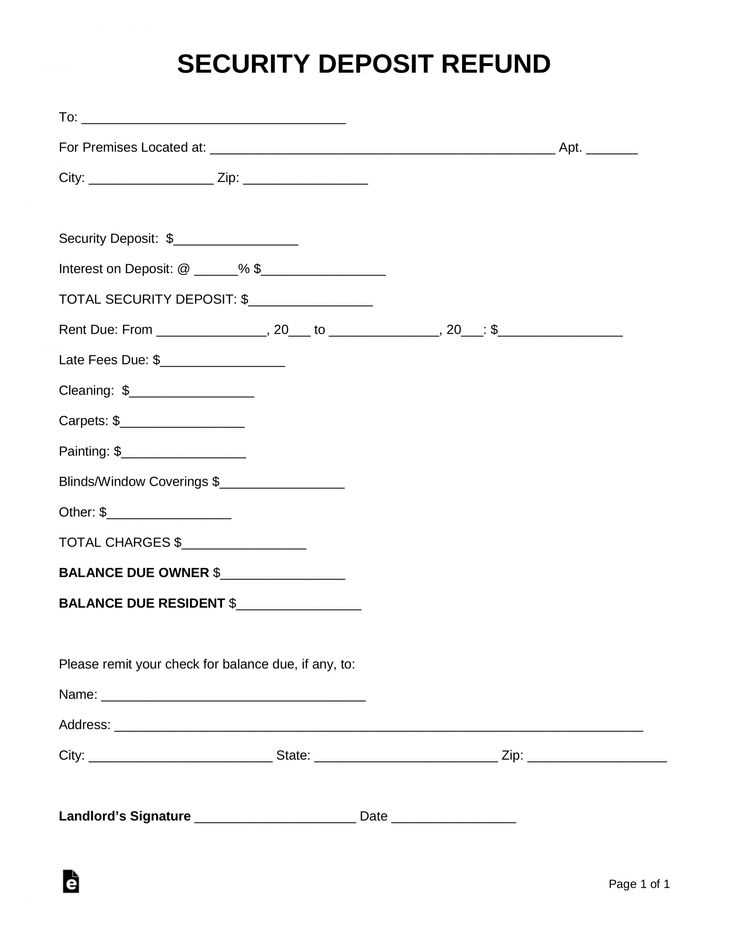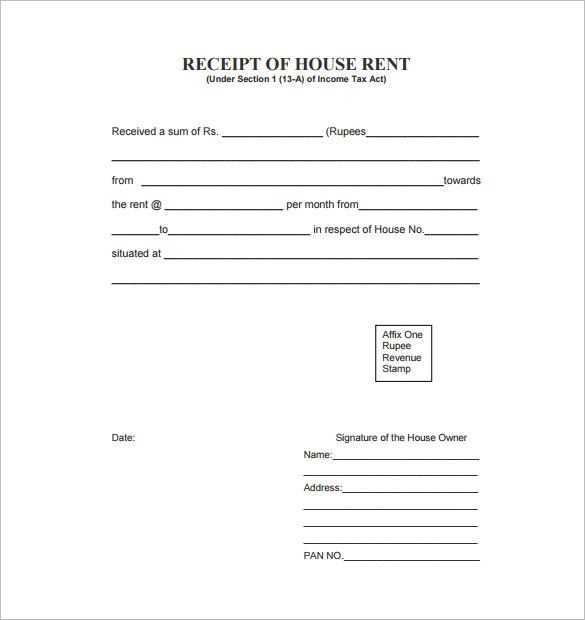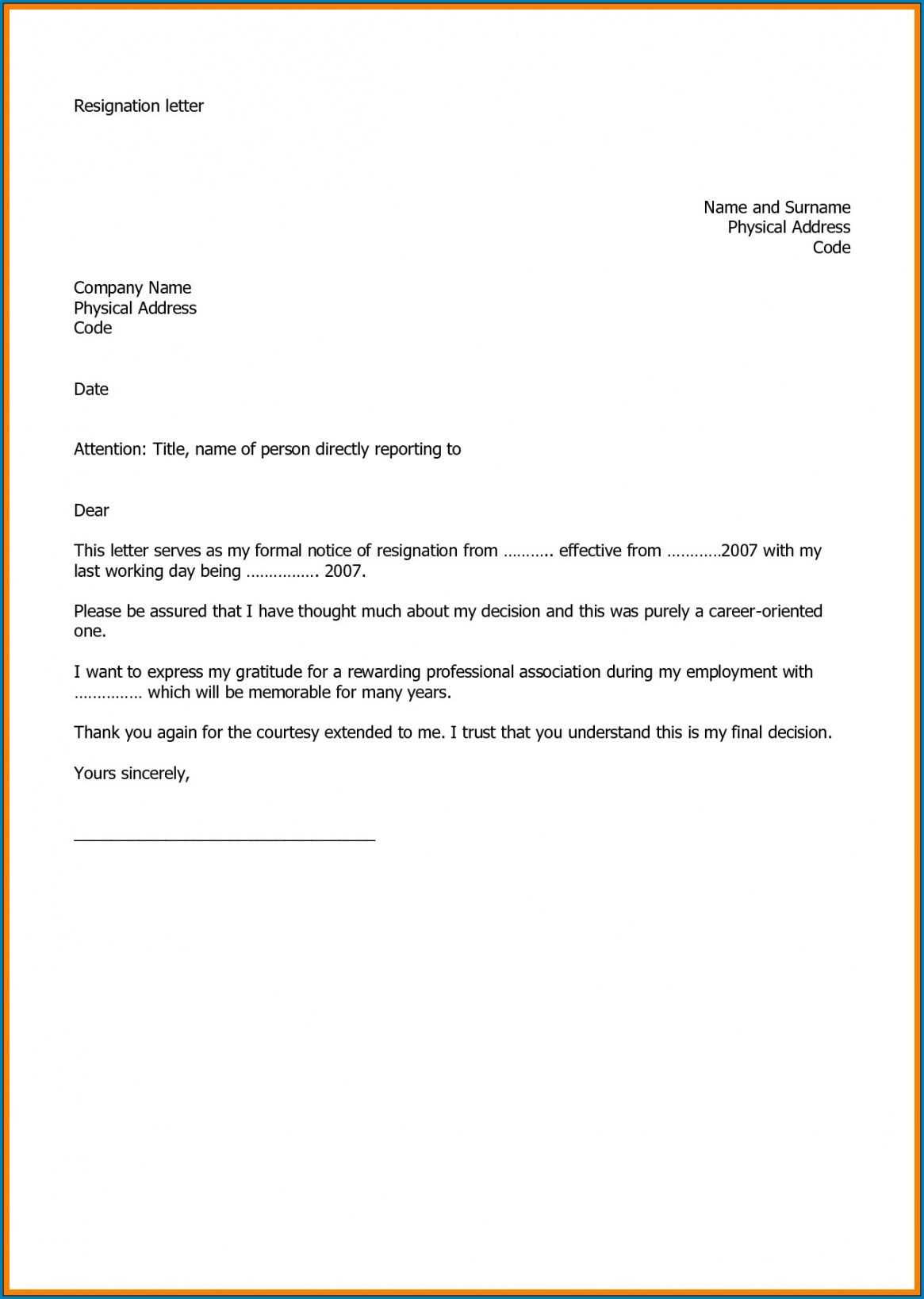
Clear Confirmation of Refund Reception

Ensure your message leaves no doubt about the transaction. Clearly state the amount refunded, the date of receipt, and the method used. This avoids future disputes and provides a solid reference.
Example:
Subject: Confirmation of Refund Receipt – [Your Name]
Dear [Sender’s Name],
I confirm receiving a refund of [Amount] on [Date] via [Payment Method]. Please keep this as a record for reference.
Best regards,
[Your Name]
Politeness and Documentation

Maintain a professional but friendly tone. If applicable, acknowledge customer service efforts or cooperation. Keep a copy for your records and request a confirmation if necessary.
Alternative Wording

For formal communication:
Dear [Sender’s Name],
This email serves as confirmation that I have received the refund of [Amount] on [Date] via [Payment Method]. Thank you for resolving this matter.
Sincerely,
[Your Name]
Key Details to Include

- Amount refunded
- Date of transaction
- Payment method
- Reference number (if applicable)
- Brief appreciation (optional)
A well-structured letter ensures clarity and professionalism while maintaining a smooth exchange.
Receipt of Refund Letter Template
Key Aspects to Cover in a Reimbursement Acknowledgment
Organizing the Message for Formal and Clear Communication
Referencing Payment Options and Transaction Information
Maintaining Compliance with Legal and Financial Guidelines
Typical Mistakes to Avoid in Drafting the Document
Examples for Various Refund Situations
Specify the refunded amount, payment method, and transaction reference to prevent disputes. Use exact dates and include a breakdown if applicable. Avoid vague language–state whether the amount covers a full or partial reimbursement.
Keep the structure simple. Open with a subject line that mentions the refund, then confirm receipt and reference the original transaction. Include details such as invoice numbers or order IDs for clarity.
Adapt wording based on the payment method. If processed via credit card, state the expected timeframe for reflection on the statement. For bank transfers, mention the account credited and date of completion.
Ensure compliance with company policies and legal requirements. If taxes or fees are involved, clarify deductions. When refunds require approval, attach supporting documents or provide a reference to the authorization.
Avoid common errors such as omitting essential transaction details, using ambiguous terms, or neglecting recipient acknowledgment. If an agreement exists, reference any terms impacting future claims or obligations.
Examples vary by situation. A business refunding a client may use formal phrasing, while a retail return confirmation can be more concise. Adjust the tone to match the context while ensuring clarity and professionalism.


